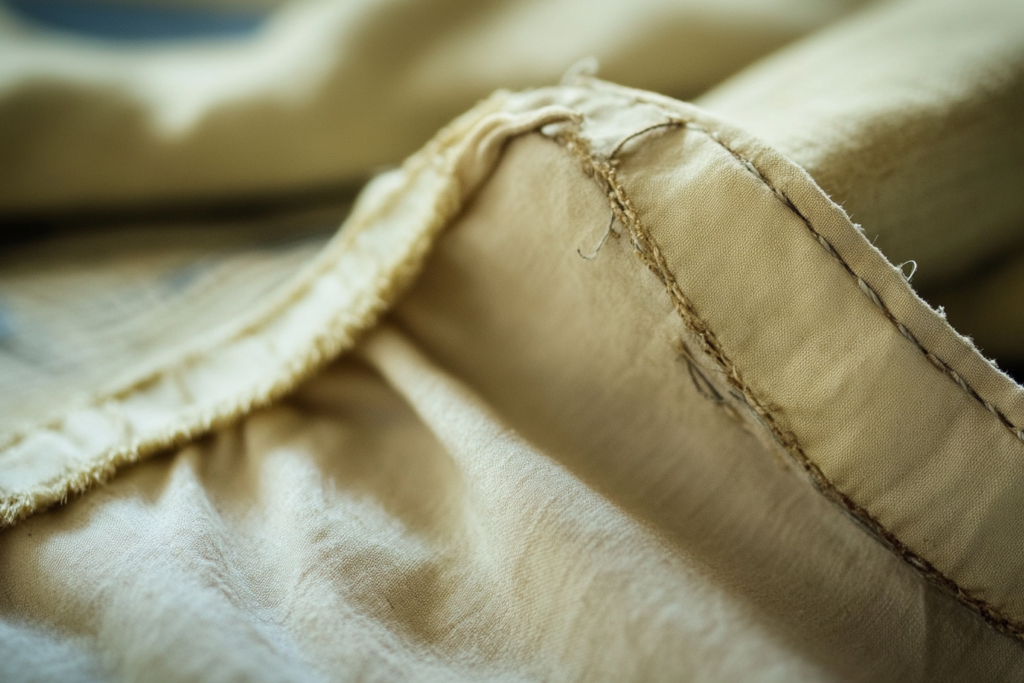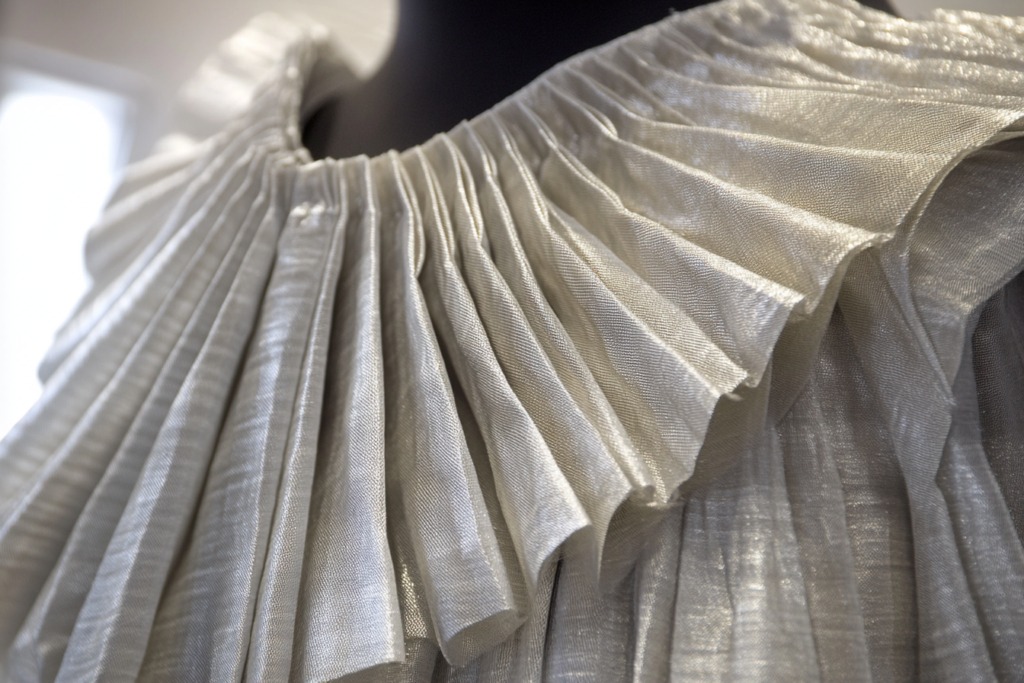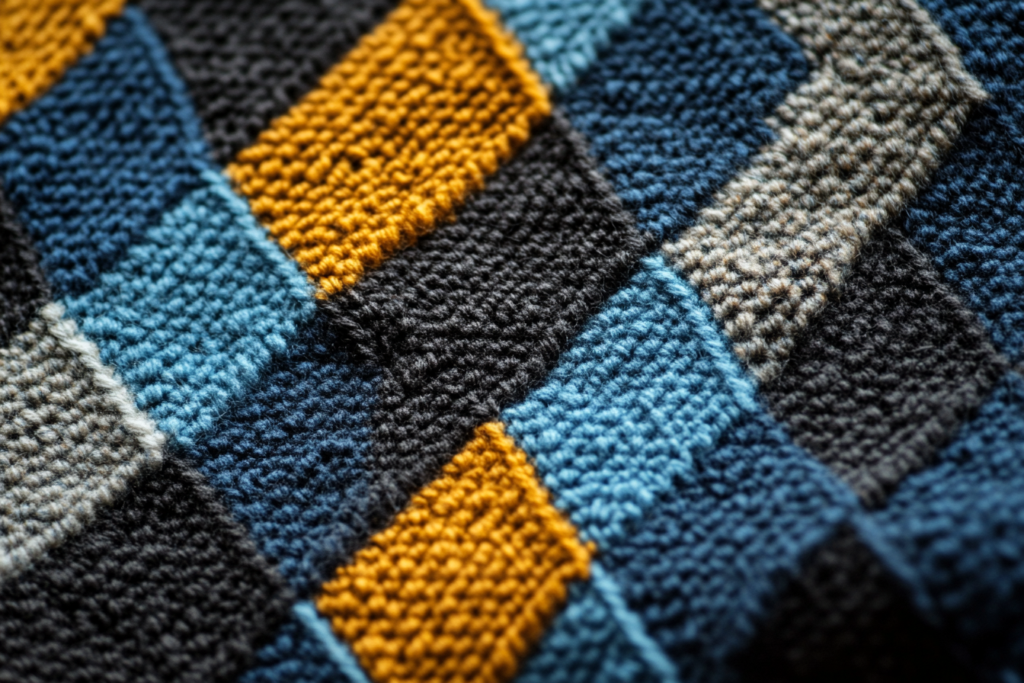Turned-Back Hem: A Classic Method for Finishing Garment Edges
Meta Description: A turned-back hem is a classic technique for finishing garment edges by folding the hem back into the garment and securing it. Learn the benefits, steps, and uses of this finishing technique.
What is a Turned-Back Hem?
A turned-back hem is a common method used to finish the edge of a garment, where the hem is folded back into the fabric, pinned, and stitched. This technique provides a clean, professional finish to garment edges, especially on skirts, dresses, pants, and blouses.
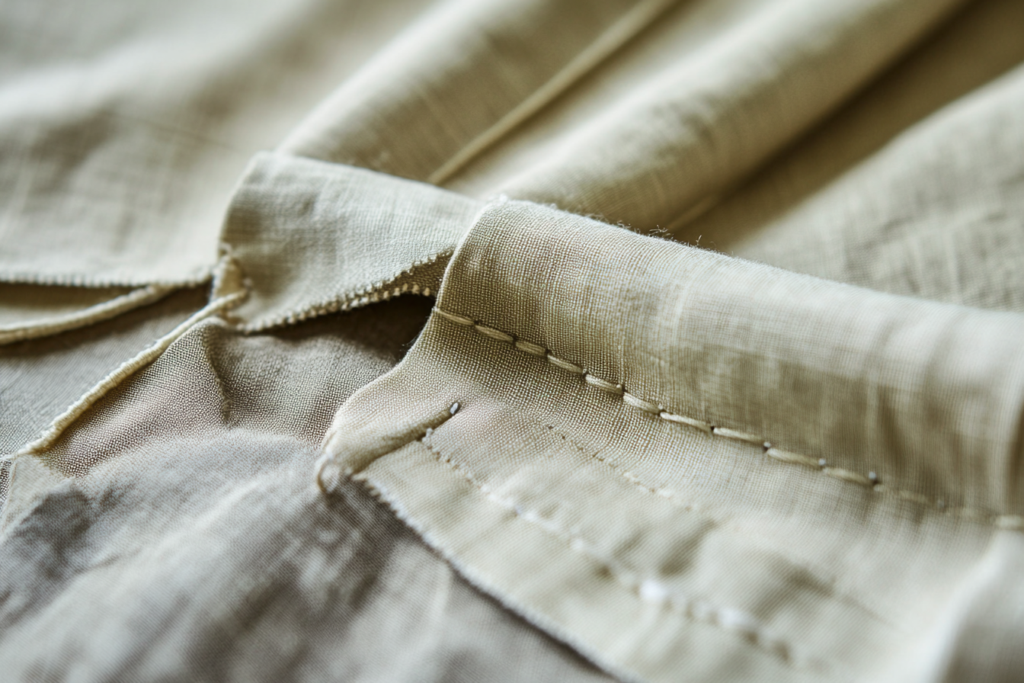
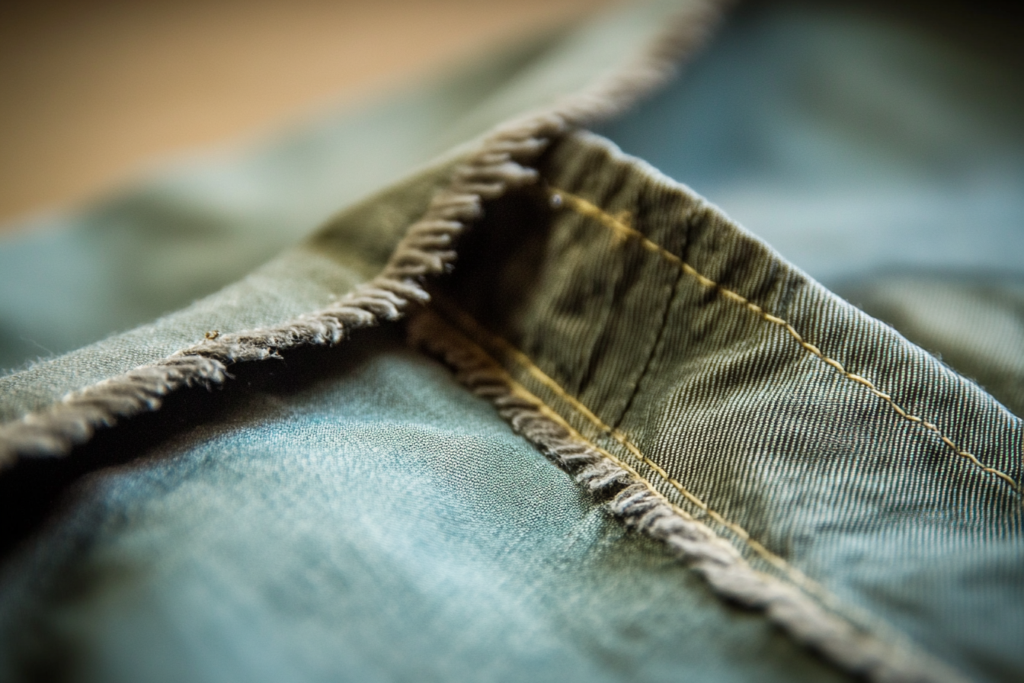
📌 Key Features of a Turned-Back Hem:
- Neat Finish: The hem is folded inward, concealing raw edges to create a clean and polished look.
- Simple Technique: It’s a straightforward and easy method used by both professionals and home sewists.
- Durable: When properly stitched, a turned-back hem can provide long-lasting durability for garment edges.
How a Turned-Back Hem Works
The process of creating a turned-back hem involves folding the raw edge of the fabric back into the garment and securing it in place. This method is particularly useful for light to medium-weight fabrics that don’t need additional support or reinforcement from heavier interfacing or twill tape.
📌 Steps for Creating a Turned-Back Hem:
- Prepare the Hem:
- First, determine the desired length of the hem. Measure the fabric and mark the area where the hem will be folded.
- Fold the Hem:
- Fold the raw edge of the fabric back to the inside of the garment. The width of the fold depends on the desired depth of the hem (usually 1 to 2 inches).
- Pin or Baste the Hem:
- Once the hem is folded, pin or baste it in place. This ensures that the fabric doesn’t shift while you sew.
- Press the Hem:
- Press the folded hem with an iron to create a crisp, clean edge. This helps the hem stay in place and look neat.
- Stitch the Hem:
- Sew along the folded edge, making sure to catch both the hem and the garment fabric. You can use a straight stitch, blind hem stitch, or double-needle stitch depending on the look and fabric type.
Benefits of a Turned-Back Hem
📌 Professional Finish
- The turned-back hem creates a clean and neat edge without visible raw edges. It’s commonly used in both commercial and handmade garments for a professional, finished look.
📌 Durability
- By folding the fabric back on itself, the hem is secured and reinforced. This helps prevent fraying and increases the overall durability of the garment, especially in high-stress areas like skirts and pants.
📌 Versatility
- The turned-back hem can be used with a variety of fabrics, from lightweight cotton to heavier wool. It’s versatile enough for both casual and formal garments.
📌 Clean and Hidden Finish
- This method hides the raw edges, ensuring that the garment’s inner seams look as neat as the outer side. This is especially important for garments where the interior might be visible, such as open-front coats or vests.
Types of Hems Similar to Turned-Back Hem
| Hem Type | Description | Ideal Use |
|---|---|---|
| Double-Fold Hem | Similar to the turned-back hem but involves folding the hem twice for extra durability. | Heavy fabrics like denim or canvas. |
| Blind Hem | A stitch is applied on the inside of the fabric so it remains invisible on the front. | For hems that need to be invisible on the outside. |
| Raw Edge Hem | The raw edge of the fabric is left unfinished, giving a more casual look. | Casual garments like skirts or t-shirts. |
| Rolled Hem | The edge of the fabric is rolled up and stitched in place. | Lightweight fabrics like silk or chiffon. |
When to Use a Turned-Back Hem
📌 Casual and Formal Garments
- This technique is commonly used in both casual and formal wear. Whether you’re working on a blouse, skirt, or trousers, the turned-back hem ensures a clean, neat finish.
📌 Light and Medium Weight Fabrics
- The turned-back hem is ideal for light to medium-weight fabrics, like cotton, linen, or tweed, that don’t require additional reinforcement.
📌 Outerwear
- A turned-back hem is often used in jackets and coats to reinforce the edges and maintain the garment’s shape.
Illustration of Turned-Back Hem Process
Below is an illustration showing how to apply a turned-back hem to a garment. The diagram demonstrates the steps of folding, pinning, pressing, and stitching the hem to ensure a neat, professional finish.

Conclusion: The Elegance and Function of Turned-Back Hems
The turned-back hem is a simple yet highly effective technique for finishing the edges of garments. It provides a clean, neat, and durable finish, making it suitable for a variety of fabrics and garment types. By hiding raw edges and adding structure to the garment, this technique is an essential skill for any sewist looking to achieve a professional, polished look in their creations.
